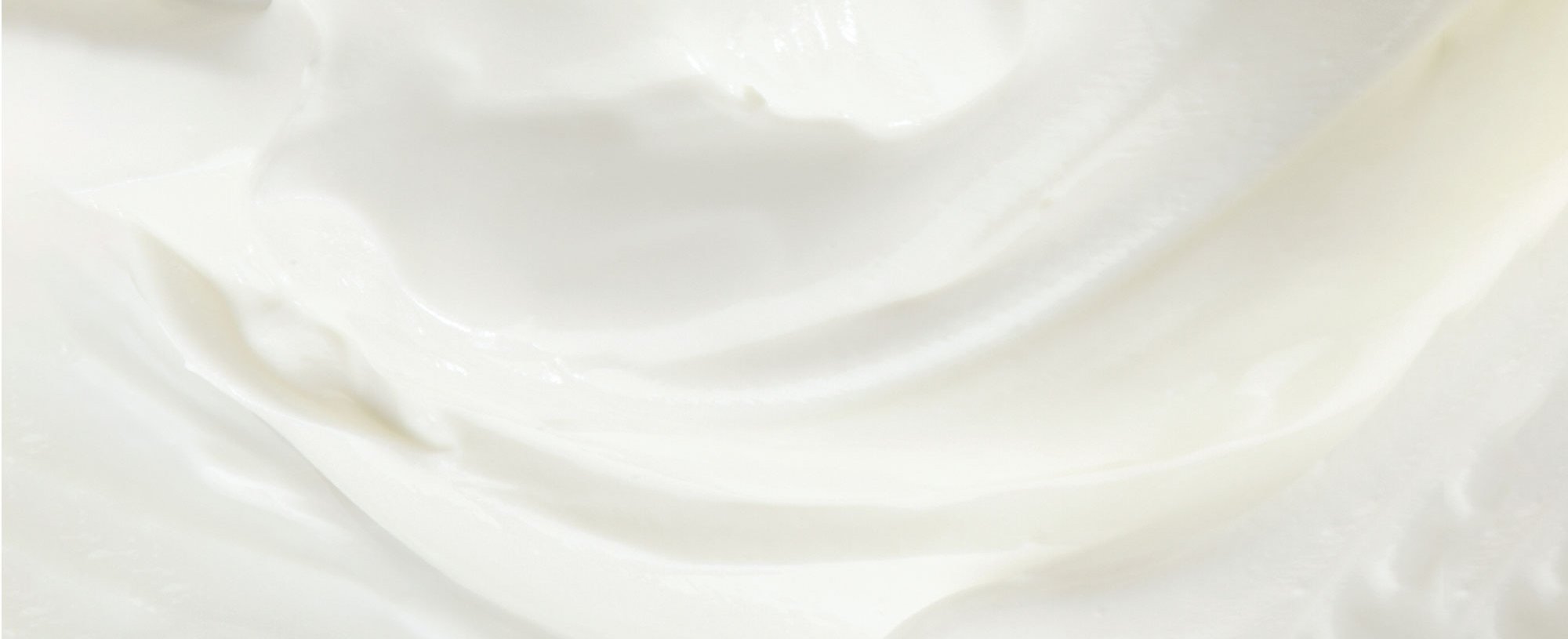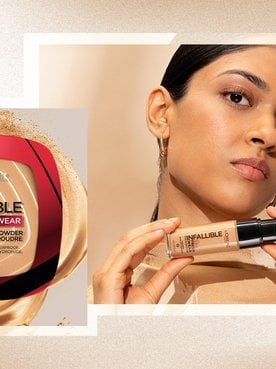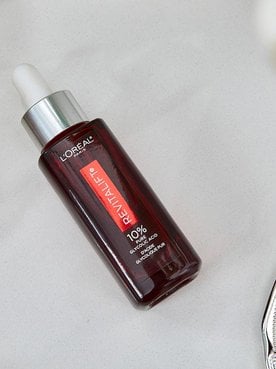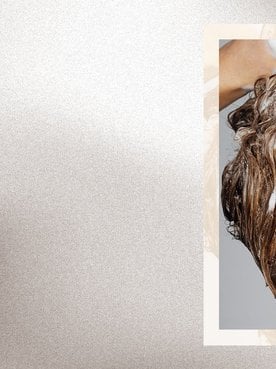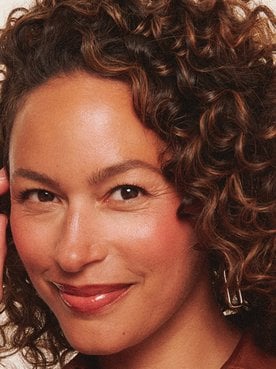Do you find yourself dealing with rough layers of skin on your feet? No matter how diligent you are with your pedicure appointments, those pesky hard areas of skin continue to develop. If that’s the case, you may be dealing with a corn or a foot callus. The good news is, like most skin care concerns, corns and calluses on your feet can be managed—you’ll just need to switch things up on the foot care front. Since you likely want the option of showing off your feet (and toenail polish!) in cute sandals, we’re here to help you maintain corn and callus-free feet. Below, we’re giving you the 4-1-1 on all things corns and calluses, including different types of corns and related skin care tips.
WHAT IS A CORN?
Let’s cover corns first. We touched on this a little bit above, but a corn consists of thick, hardened layers of dry skin that develop when your skin tries to protect itself against friction and pressure, per the Mayo Clinic. They most often develop on the feet and toes.
WHAT DOES A CORN LOOK LIKE?
Corns usually have a hardened, raised shape with flaky, dry, or waxy skin. In fact, the Cleveland Clinic shares that there are several types of corns you may experience. Get the lowdown on the three types of corns below.
1. Hard corns. Hard corns are small, tough, dense areas of skin that usually form within a larger area of thickened skin. Hard corns usually form on the top of toes, which is where the bone creates pressure against the skin.
2. Seed corns. These corns are small and usually form on the bottom of feet.
3. Soft corns. These corns have a gray and whitish color, with a softer, rubbery texture. Soft corns typically appear between the toes.
WHAT IS A CALLUS?
Like corns, calluses are hard and thick patches of skin, per the Cleveland Clinic. However, calluses tend to be more spread out on the skin. It’s super common to get heel calluses or experience them on your toes and the balls of your feet. These areas carry your weight, which tends to experience consistent rubbing and friction that causes calluses to develop.
WHAT IS THE DIFFERENCE BETWEEN A CORN AND A CALLUS?
When it comes to the topic of corn vs. callus, many people tend to refer to corns and calluses interchangeably. However, both of these foot care concerns have key differences that make them unique. For starters, a corn is smaller than a callus and tends to have a hard center surrounded by inflamed skin, per the Mayo Clinic. They typically develop on the top, sides, and between your toes. They also can be painful when pressed.
On the flip side, calluses usually develop on the soles of your feet. They can also appear on your palms or your knees. Calluses are rarely painful and can vary in size and shape. They also tend to be larger than a corn.
HOW TO MANAGE CORNS AND CALLUSES
Now that you’re a bit more educated on corns and calluses, it’s time to learn how to manage them. Here, we’re naming four tips, courtesy of the Mayo Clinic, that can help with both.
1. GIVE YOUR SKIN A SOAK
One of the easiest things you can do to help a callus is to rely on a soaking session. Per the Mayo Clinic, soaking your hands or feet in warm soapy water softens the hardened skin.
2. THIN HARDENED SKIN
Another great way to help clear up a corn or callus is to thin out hardened skin. By simply using a pumice stone, nail file, emery board, or washcloth, you can slough away areas of hard skin. Keep in mind; the key is to use this method directly after soaking your skin to achieve your desired results.
Editor’s tip: If you don’t have any of the aforementioned beauty tools listed above, you can opt for a round of dry brushing. Dry brushing is an exfoliating technique that helps to gently slough away dead skin cells on the skin’s surface. Click through our article, What Is Dry Brushing? Learn Why Dry Brushes Are Worth a Try, for more information.
3. MOISTURIZE YOUR SKIN
In order to work your way to smooth corn-free skin, you’ll need to up the ante on moisture. Be sure to apply a moisturizer to your hands and feet to keep your skin nice and soft.
4. WEAR COMFORTABLE SOCKS AND SHOES
Tight-fitting shoes are an absolute no-no if you want to keep corns and foot calluses at bay. Play it safe and stick to well-fitting, cushioned shoes and socks until your corn or calluses go away.
HOW TO PREVENT CORNS AND CALLUSES
While corns and calluses can happen to anyone, you can take steps to prevent them altogether. Keep these four tips in mind to help you do so.
TIP #1: WEAR COMFORTABLE SHOES
We just mentioned this, but it’s worth repeating: Wear comfortable shoes that give you a good amount of wiggle room! Always remember, tight shoes and corns and calluses go hand-in-hand (or foot-in-foot) with each other.
TIP #2: OPT FOR PROTECTIVE PADS OR BANDAGES
If you find that your skin tends to rub against your shoes, wearing protective pads or bandages can help keep corns and calluses at bay.
TIP #3: TRIM YOUR TOENAILS
Simply put, long toenails allow your toes to push against your shoe, which can lead to friction and pressure that causes a corn or callus to form. Keep your toenails groomed, and it will go a long way.
TIP #4: KEEP YOUR SKIN MOISTURIZED
Use a moisturizing cream regularly to keep your skin hydrated. For preventing calluses on your hands, we love the L’Oréal Paris Age Perfect Hydra Nutrition Manuka Honey All Over Balm - Face, Neck, Chest and Hands, which absorbs quickly into the skin and helps to provide soothing nourishment with every use. For corns, try a nourishing foot cream.
